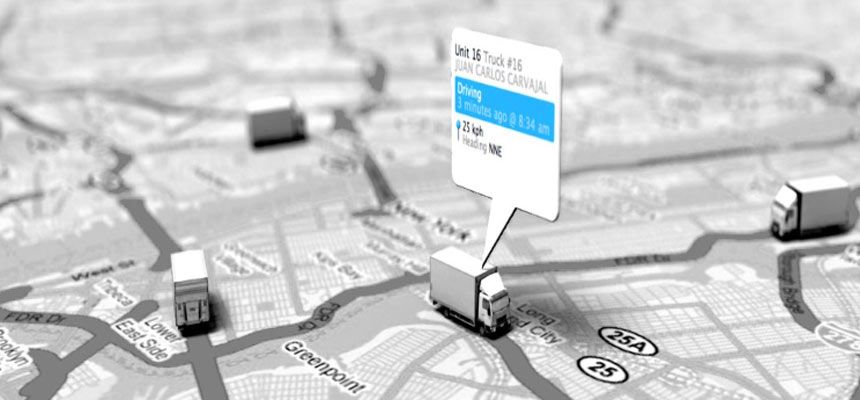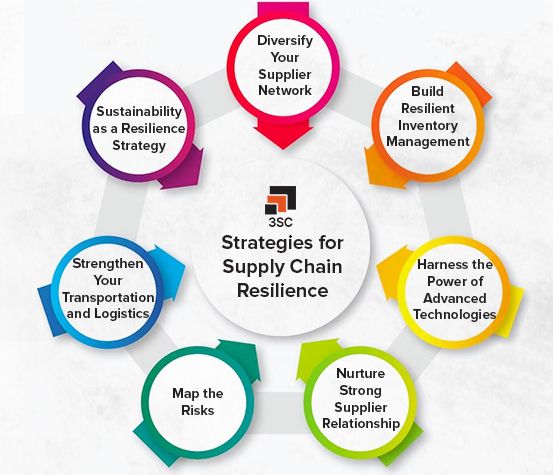How to Track Your Freight Like a Pro
In the fast-paced world of logistics, it’s crucial to be able to track your freight every step of the way. With the rise of technology, tracking tools have become more advanced and user-friendly, making it easier than ever to keep tabs on your shipments. In this article, we’ll explore the best practices for tracking your freight like a pro.
Choosing the Right Tracking System
The first step to tracking your freight like a pro is choosing the right tracking system. There are many options available, ranging from basic tracking apps to sophisticated GPS-based systems. It’s important to consider the size and scope of your operations when selecting a tracking system, as well as the specific needs of your business.
GPS-Based Tracking Systems
GPS-based tracking systems are ideal for businesses that have a large fleet of vehicles or shipments that need to be tracked in real-time. These systems use satellite technology to pinpoint the exact location of your freight, giving you peace of mind knowing where your shipments are at all times.
Mobile Tracking Apps
For smaller businesses or individual shipments, mobile tracking apps are a convenient and cost-effective option. These apps allow you to track your freight from your smartphone or tablet, giving you the flexibility to keep an eye on your shipments no matter where you are.
Tracking Tools and Features
Once you’ve chosen a tracking system, it’s important to familiarize yourself with the tools and features available to you. Most tracking systems offer a range of features, including real-time tracking, alerts for delays or detours, and customizable reports. By utilizing these tools effectively, you can gain valuable insights into your freight operations and optimize your processes for maximum efficiency.
Real-Time Tracking
Real-time tracking is one of the most valuable features offered by tracking systems. This feature allows you to see exactly where your shipments are at any given moment, giving you complete visibility and control over your freight operations.
Alerts and Notifications
Alerts and notifications are another key feature to look for in a tracking system. These notifications can alert you to any delays or issues with your shipments, allowing you to take immediate action to resolve them and minimize disruptions to your supply chain.
Best Practices for Tracking Your Freight
In addition to choosing the right tracking system and utilizing its features, there are some best practices to keep in mind when tracking your freight like a pro.
Consistent Monitoring
Consistent monitoring is crucial for effective freight tracking. Make it a habit to regularly check the status of your shipments and address any issues promptly to ensure smooth operations.
Communication with Stakeholders
Effective communication with stakeholders is essential for successful freight tracking. Keep your customers, suppliers, and partners informed of the status of their shipments, and be proactive in addressing any concerns or questions they may have.
Conclusion
By choosing the right tracking system, utilizing its features effectively, and following best practices for tracking your freight, you can track your shipments like a pro and optimize your logistics operations for success. With the right tools and strategies in place, you can stay ahead of the competition and ensure timely deliveries and satisfied customers.


